10 Tips For Common Road Trip Emergencies, According To Experts
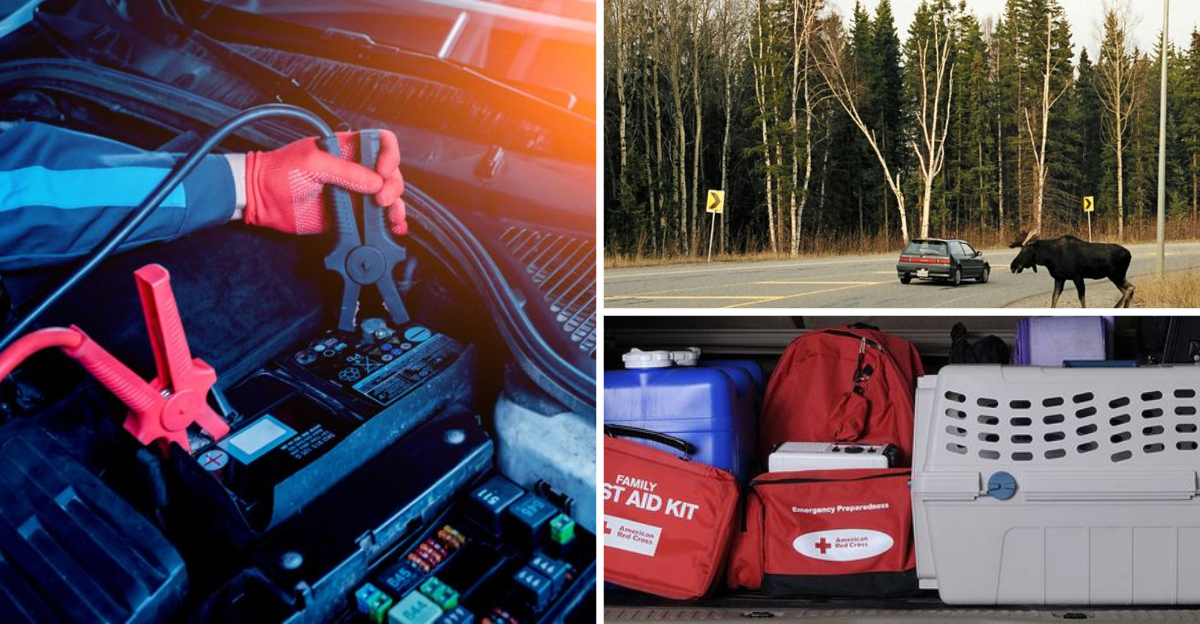
There’s nothing like the freedom of a road trip—windows down, music blasting, endless scenery ahead. But let’s be real: even the most picture-perfect journey can hit a pothole (literally or figuratively). From sudden car trouble in the middle of nowhere to getting caught in a surprise storm, things don’t always go as planned.
That’s why a little know-how goes a long way. What would you do if your GPS dies in the middle of a national park? Or if your tire blows out on a remote highway? I’ve gathered practical tips straight from travel pros and first responders to help you stay calm and take smart action when the unexpected happens.
Because road trips should be about spontaneous detours and snack stops—not avoidable disasters. Ready to drive smarter and safer?
1. Pack a Well-Stocked Emergency Kit
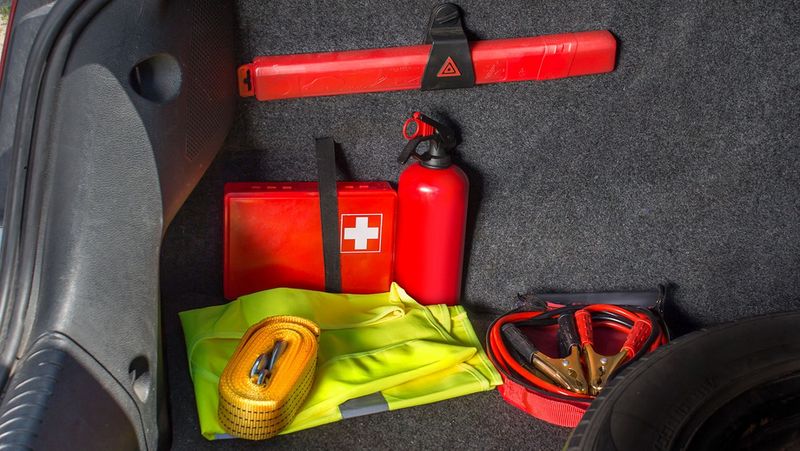
Every vehicle needs a dedicated emergency kit before hitting the highway. Car safety experts recommend including jumper cables, a flashlight with extra batteries, reflective triangles, and a first aid kit at minimum.
Don’t forget to add seasonal items too. Blankets and hand warmers are crucial for winter driving, while extra water is essential during summer months. Many experienced travelers also include duct tape, zip ties, and multi-tools.
Did you know? AAA responds to over 30 million roadside assistance calls annually, and many could be temporarily resolved with a proper emergency kit while waiting for help.
2. Master the Art of Changing a Flat Tire
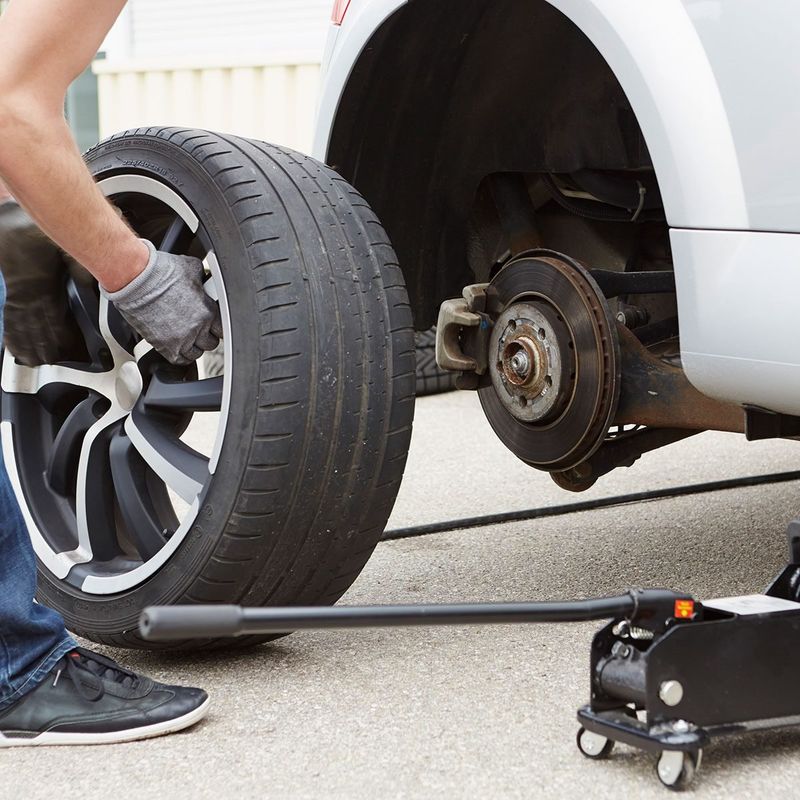
Flat tires happen to everyone eventually. Before your trip, locate your spare tire, jack, and lug wrench to confirm they’re in working order. Practice the process at home if you’ve never done it before.
When changing a tire on the road, always pull completely off the highway onto level ground. Turn on your hazard lights and set up reflective triangles to warn other drivers. Loosen the lug nuts before jacking up the car, then remove them entirely once the car is raised.
If you’re uncomfortable changing a tire yourself, roadside assistance memberships are worth their weight in gold during these situations.
3. Navigate Through Unexpected Severe Weather
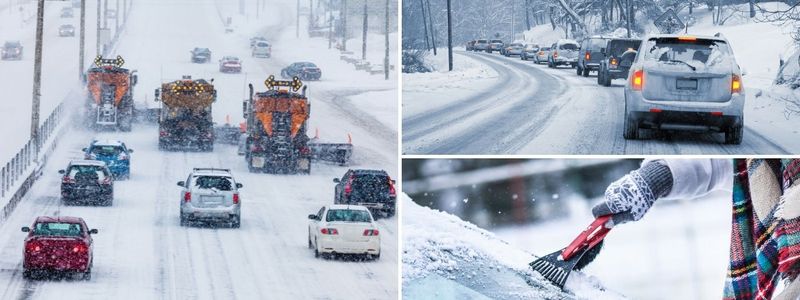
Weather can change dramatically during long drives. If heavy rain reduces visibility, slow down gradually and turn on your headlights. Avoid using cruise control on wet roads where hydroplaning risks increase.
For sudden snowstorms, reduce speed and increase following distance to 8-10 seconds. If conditions become too dangerous, find a safe place to pull over completely off the road until visibility improves.
Meteorologists advise checking weather forecasts along your entire route before departing. Many driving apps now include weather alerts that can help you plan alternative routes or stopping points if severe weather threatens your journey.
4. Handle an Overheating Engine Safely

If your temperature gauge climbs into the red zone or you see steam from under the hood, immediate action is necessary. Carefully pull over, turn off your engine, and wait at least 30 minutes before attempting to check anything.
Never remove a radiator cap while the engine is hot! The pressurized coolant can cause severe burns. Once cooled, check coolant levels and look for obvious leaks.
Mechanics recommend carrying extra coolant on long trips through remote areas. If you must drive with an overheating issue, turn off air conditioning, open windows, and run the heater (which pulls heat from the engine) while seeking professional help at the next available service station.
5. Respond to Sudden Breakdowns in Remote Areas

When your vehicle gives up in the middle of nowhere, stay calm and assess your situation. Pull completely off the roadway if possible, turn on hazard lights, and place reflective triangles behind your vehicle to alert other drivers.
If you have cell service, calling for help is your best option. No signal? Many highways have emergency call boxes every few miles. Safety experts recommend staying with your vehicle rather than walking for help, especially in extreme temperatures or at night.
While waiting for assistance, conserve phone battery and vehicle fuel. Run the engine only periodically if needed for warmth or cooling, ensuring the exhaust pipe isn’t blocked by snow or debris.
6. Deal With Wildlife Encounters on the Road
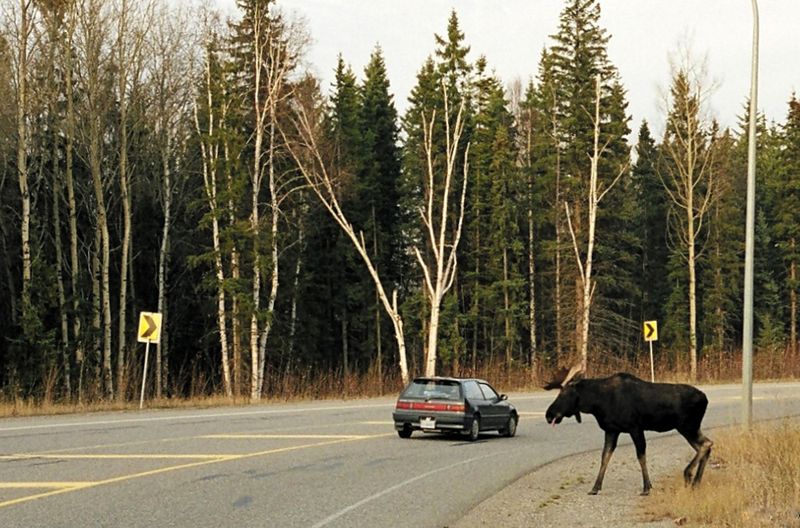
Wildlife collisions can be dangerous for both animals and drivers. If you spot an animal on the road ahead, slow down by releasing the accelerator rather than slamming brakes, which could cause you to lose control or get rear-ended.
Wildlife experts warn against swerving, which often leads to more serious accidents. Instead, stay in your lane while reducing speed as much as safely possible. Use high beams at night when appropriate to spot animals sooner.
If a collision occurs, pull over safely, turn on hazards, and call authorities. Even if the animal fled, your vehicle might have hidden damage that needs inspection before continuing your journey.
7. Create a Plan for Medical Emergencies

Medical issues don’t take vacations. Before traveling, research hospitals and urgent care facilities along your route, especially if anyone in your group has existing health conditions. Save these locations in your phone or navigation system.
Emergency room doctors recommend keeping a medical information card for each traveler that lists allergies, conditions, medications, and emergency contacts. This simple step can save precious minutes if someone is unable to communicate during a crisis.
If someone needs immediate medical attention while driving, call 911 immediately. The dispatcher can guide you to the nearest appropriate facility and provide first aid instructions until help arrives.
8. Stay Safe During Roadside Battery Failures
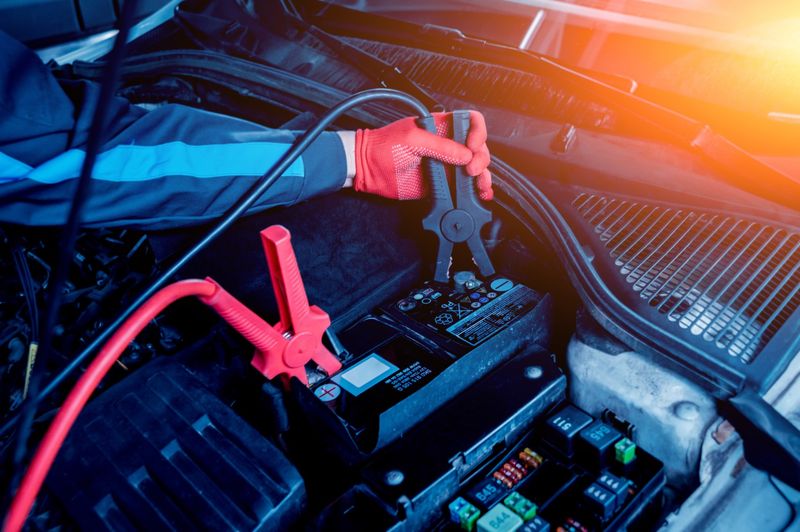
Battery failures rank among the most common roadside emergencies. Warning signs include dim headlights, clicking sounds when starting, or electronics that seem sluggish. If these occur, get your battery checked before hitting the road.
Jump-starting a dead battery requires proper technique to avoid damage or injury. Connect the red clamp to the positive terminal of the dead battery first, then the working battery. Black clamps go to the negative terminal of the good battery and then to an unpainted metal surface on the dead car’s engine block.
Automotive technicians suggest carrying a portable jump starter for solo travelers. These compact devices have become more affordable and reliable in recent years, eliminating the need to flag down another driver.
9. Navigate Through Unexpected Road Closures
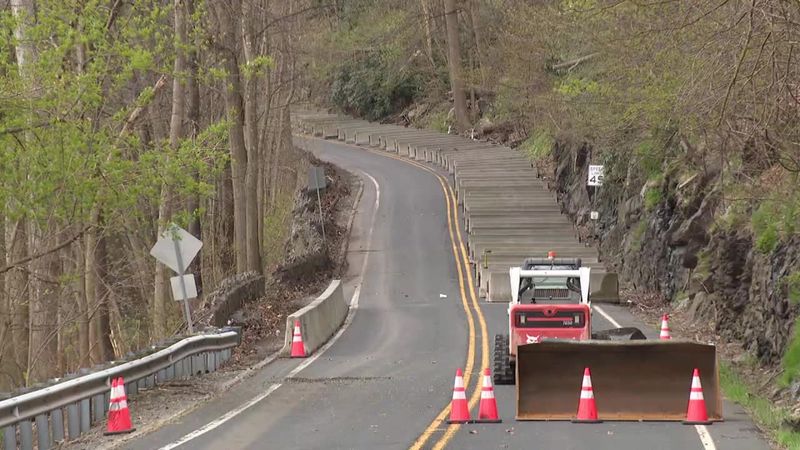
Sudden road closures can throw a wrench in carefully planned itineraries. Transportation experts recommend downloading offline maps before traveling through remote areas, as they can be lifesavers when detours are necessary and cell service is spotty.
When facing a closure, check multiple navigation apps if possible, as they sometimes offer different alternate routes. Local radio stations often provide the most up-to-date information about road conditions and estimated reopening times.
If you’re forced to take an unexpected detour, make sure you have enough fuel. A good rule of thumb is to refill when you reach half a tank, especially when driving unfamiliar routes where gas stations may be scarce.
10. Protect Your Vehicle and Valuables During Emergencies

If you must leave your vehicle due to an emergency, security professionals recommend taking specific precautions. Remove all valuables or place them out of sight in the trunk before abandoning your car.
Lock all doors and roll up windows completely, even if you’ll only be gone momentarily. If possible, park in a well-lit area within view of security cameras or in a staffed parking facility.
Many travelers don’t realize that comprehensive auto insurance typically covers theft during road trips, but high-value items like laptops and cameras usually require separate coverage. Travel insurance can fill this gap, providing peace of mind when emergencies force you to leave belongings unattended.
11. Communicate Effectively When Help Is Needed

When calling for emergency assistance, location is everything. Highway safety officials recommend noting mile markers, exit numbers, or nearby landmarks before making the call. Most smartphones can provide exact GPS coordinates through map applications.
If you’re using roadside assistance services, have your membership information readily available. Keep a physical copy in your glove compartment in case your phone is dead or missing.
When stranded in truly remote areas without cell service, emergency satellite communicators have become more affordable options for frequent road-trippers. These devices can send your exact location and a distress signal to emergency services from virtually anywhere, potentially cutting rescue times dramatically.
